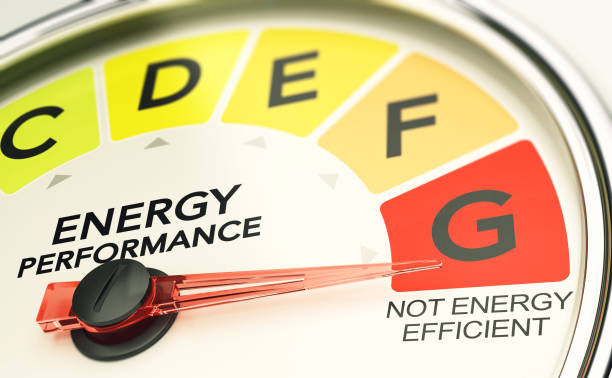Net Zero Carbon & the impact on Energy Performance Certificates (EPC’s)

As part of the wider ambition to meet the ‘net-zero-carbon’ challenge by 2050, the Government have been set a target to attain a C rating on Energy Performance Certificates by 2035. The existing EPC Regulations on Minimum Energy Efficiency Standards (MEES) allow for rented properties be a minimum E rating. However, the recent proposed change to the regulations could see, if passed, that the rating change to C could be as early as 2025. The Government is also considering proposals to set mortgage lenders ambitious targets relating to energy performance, requiring them to factor these into their lending decisions. Although nothing has been decided, there are growing signs that homeowners living in energy inefficient homes may soon find themselves under pressure to improve them.
Mortgage lenders, for one, appear to be beginning to factor EPCs into lending decisions.
So, how much will it cost?
There is much speculation and many studies about the financial investment requirement to achieve these targets. The proper answer is: ‘it depends’. While there are commonalities in approach, the SAP assessment methodology is complex and with so many constructional, situational and services permutations affecting energy rating, there is no single solution that will apply and be appropriate in every case.
The additional investment would include measures such as:
- Additional and exceptional thermal insulation treatment of external walls
- Roofs (and in some cases floors)
- Improved / modified and ‘fuel-switch’ heating and hot water systems (including installation of air source heat pumps)
- Low energy lighting
- (where necessary) Solar PV and solar thermal panels.
What is certain, in this period of uncertainty, is that 2035 will soon be here (and 2025 even sooner!) and there is plenty of work to do for existing landlords and property portfolio investors to assess and fully understand the scale of the challenge, as well as implement plans for hitting the intermediate EPC ‘C’ target, before wrestling with the much more complicated issue of ‘net-zero-carbon’.








